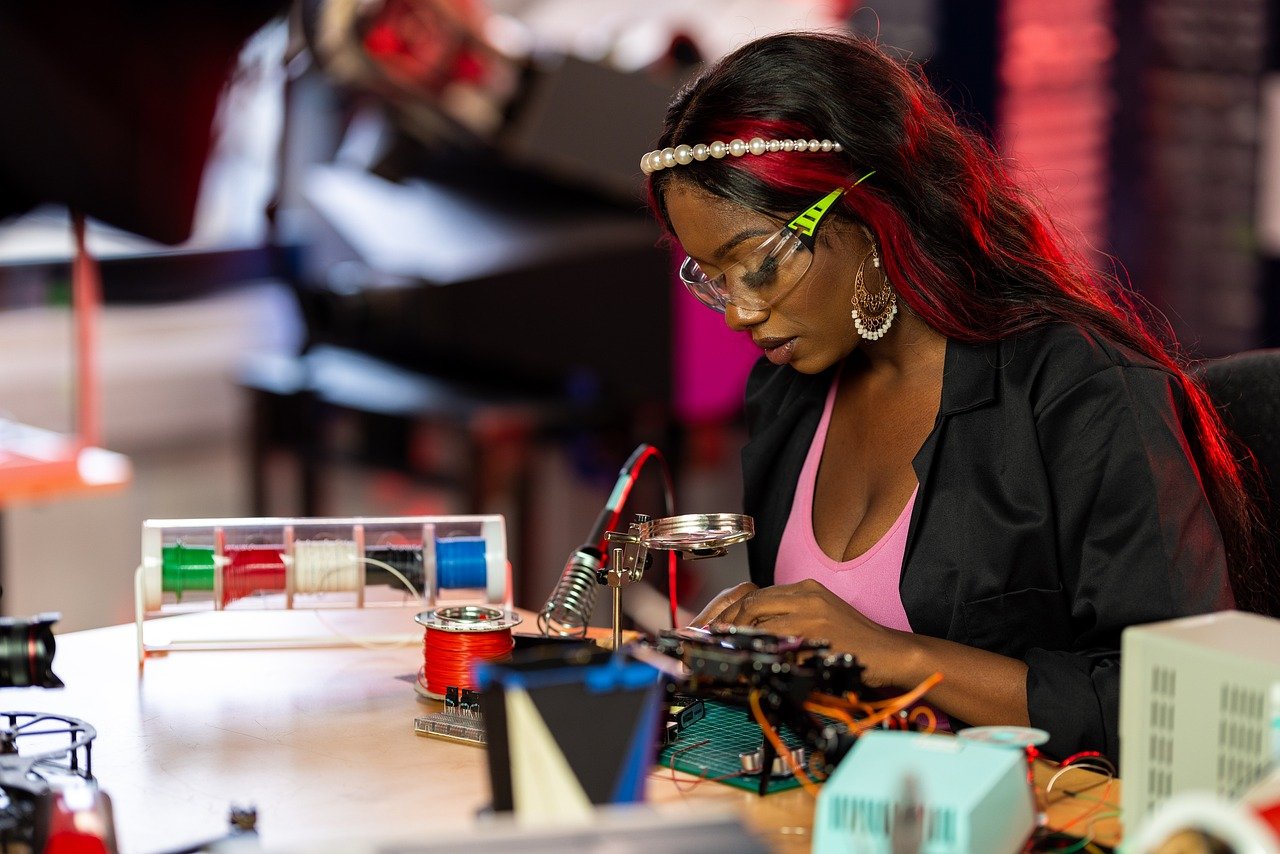In Italy, there are 108,416 people with visual impairment, according to INPS and Istat data updated to 2023. Among those who are blind from birth and those who have lost their sight during their lives, Artificial Intelligence offers significant support. Through the use of applications and devices accessible on smartphones, tablets and computers, these people can significantly improve their quality of life. Stefania Leone and Salvatore Vaccaro share their experiences regarding the impact of technology on their daily lives.
Salvatore Vaccaro, a communications expert specializing in food and wine events, has been blind since birth. He describes himself as a “curious explorer” who has always tried to turn his limitations into opportunities. From a young age, he understood the potential of technological advances to improve his life: “Technology is fundamental in my work,” says Salvatore. With the help of voice assistants such as Voice Over and Jaws, he is able to write texts, manage emails and navigate online, thus overcoming many of the difficulties related to his condition.
The influence of technology extends to Salvatore’s home life: “Now I can use appliances like the oven and washing machine thanks to home automation applications.” However, he expresses concern about the architectural barriers present in Italian cities. He speaks of the daily difficulties in Rome due to the lack of audible traffic lights and accessible public transport. Despite this, he recognizes the crucial role of technology in helping him achieve both professional and personal independence.
Simone Dal Maso, a consultant specializing in computer accessibility for people with visual impairments, emphasizes how artificial intelligence has revolutionized this field. He co-founded projects such as nvapple.it and nvda.it dedicated to accessibility. He explains that apps such as Be My Eyes and Seeing AI have emerged on the market that offer functions that were unthinkable until recently: from identifying images to recognizing texts on paper or digital documents.
Dal Maso notes that these technologies not only improve online socialization but also interaction with physical objects: “Today you can recognize packaged foods or get details about expiration dates.” However, he warns of the importance of using these technologies with caution; errors can occur when artificial intelligence fails to correctly interpret an image.
The future looks promising for Dal Maso: if some current problems with AI are solved, it could become an indispensable tool for blind people in many areas of daily life.
There are several useful apps for those with visual impairments. For example, Seeing AI (for iOS) helps with object recognition through artificial intelligence; Be My Eyes connects blind users with sighted volunteers for hands-on assistance; and Audio to Text for WhatsApp turns voice messages into text.
Other apps include Evalues which allows reading newspapers online for registered users with a certificate


